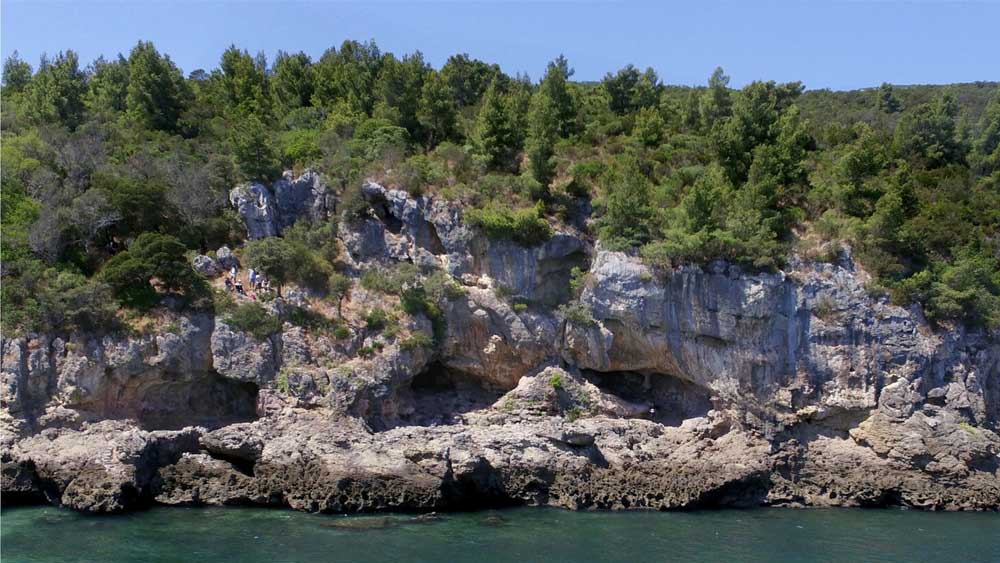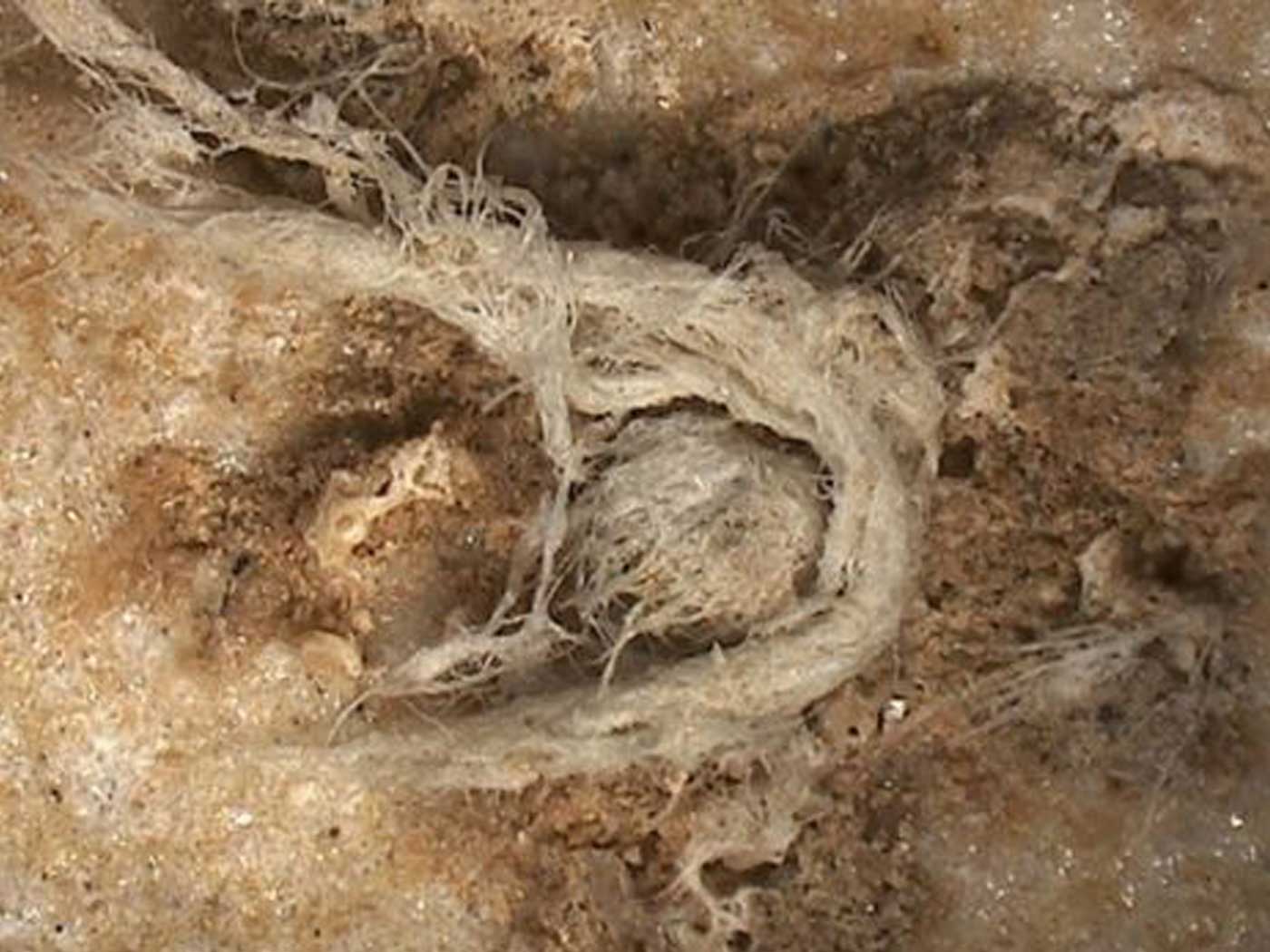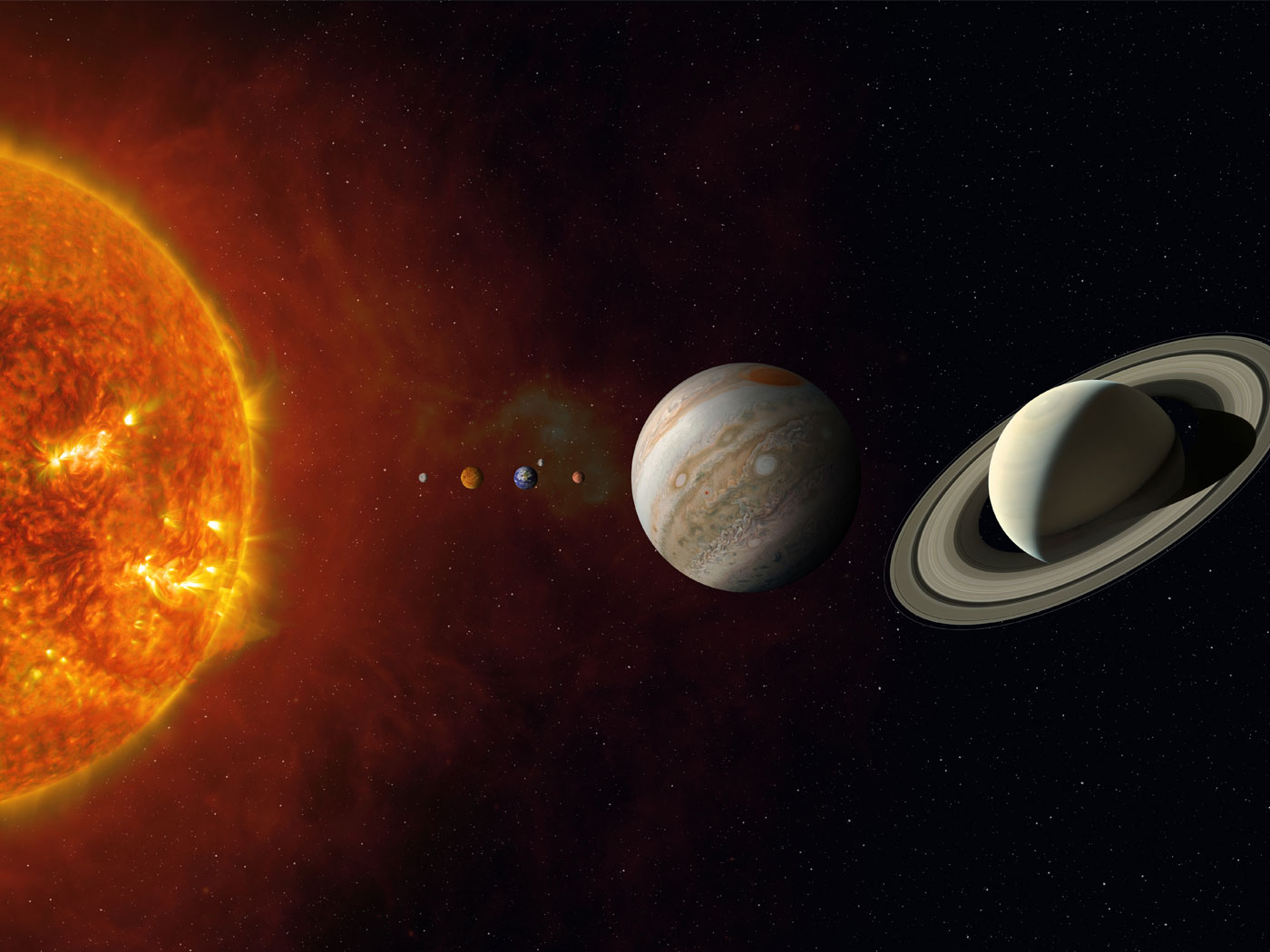A recent report in the journal Science mixed detailed archaeological finds with stories about human origins. As is typical, age assignments for fossils fit evolutionary time instead of the Bible’s much shorter timeline of thousands, not millions, of years. But the age-dating exercises revealed more about what these scientists believe about the past than what the rocks and fossils themselves reveal.
A cave on the Portugal coast has Neanderthal human remains. A University of Göttingen press release says that archaeologists found these ancient cave-living humans ate “mussels, crustaceans and fish as well as waterfowl and marine mammals such as dolphins and seals.”1 Neanderthals went fishing?
Say goodbye to old images of Neanderthals as primitive hunter-gatherers. The Science report also noted that the site showed that “the pattern of tortoise shell burning is consistent with the roasting-in-carapace technique.”2 This new evidence reaffirms that Neanderthal peoples were people like me and you. But when did they inhabit this and other caves in southern Europe?
The Science report dates these Neanderthal remains “to ~86 to 106 thousand years ago.”2 Of course that exceeds the biblical age of the world. What actual evidence demands that the Bible got its history wrong?
The process of age dating can begin by assigning rocks or fossils to predetermined age designations like those named MIS (Marine Isotope Stage). These supposed stages derive from interpretations of isotope differences found in seafloor sediments. Isotope ratios vary with core depth, but when did each variation happen? Evolutionists used astronomical cycles that assume old ages in the first place to pin long ages onto the isotope shifts. That’s circular reasoning, not good science.
Dr. Jake Hebert meticulously traced the origins of the sediment core age assignments that produced names like MIS 3. He quoted from the experts who constructed these evolutionary charts over the last half century who admitted ways to contrive apparent agreement between natural clock-like processes and evolutionary time expectations. Hebert’s detailed and fascinating results appear in technical online reports like this one, which has not yet suffered refutation since its publication six years ago.3
But the archaeologists working on Neanderthal remains probably have no clue or concern that their timeline-building colleagues massaged isotope and other data to force it into long age models. Accordingly, this archaeology team wrote, “This site has been assigned to MIS 3 or MIS 4 on the basis of anchoring OSL dating results to radiocarbon chronologies, though the latter must be minimum ages only.”2 “OSL” refers to optically stimulated luminescence. If OSL actually worked as a dating method, then nobody would need to anchor it to an outside chronology. And if radiocarbon chronologies were real, then workers would take them at face value instead of sidelining them as “minimum ages only.”
Similarly subjective handling of supposedly absolute age indicators came buried in the whopping 171 page Supplemental Materials that accompanied this Science study. The first line in the University of Göttingen Press Release says, “Over 80,000 years ago Neanderthals were already feeding themselves on…fish.”1 So what did the study authors do with a radiocarbon result for one of the cave’s limpet shells of 2,677±28 BP?4
The team conveniently claimed that this and other shells were younger, but got “reworked” into older layers.5 Logically, if they can claim these samples entered much older sediments, then how do they know that any or all of their other samples came from other times? To dismiss age results that do not match expectations is to allow beliefs, not data, steer conclusions.
Some of their radiocarbon ages not only disagreed with one another and with evolutionary time expectations, but they disagreed with a different technique, too. The team used uranium-series dating to assign ages to the tiny mineral layers in cave structures like stalactites. The study authors wrote, “However, the radiocarbon ages obtained for them [shells] are significantly younger than the speleothems sealing the deposit they were found in.” Oops.
As one more example among many in this report’s collection of wonky age results, the team lined up radiocarbon ages from a series of artifacts in top-to-bottom order. They came in exactly the wrong relative age order! The study authors wrote, “In addition, the complete set of Entrance 3 radiocarbon dating results features a fully reversed relationship between age and stratigraphic depth.”6 Oops again.
The study authors invoked bacterial activity, precipitation of carbonates, and isotope exchange as processes that may have altered the carbon isotope ratios enough to make some of them give wrong ages. But how do they know one or all three of these factors did not ruin all the radiocarbon ages? At each of these points of discord, workers selected an “age” that aligned with their beliefs, which include human evolution over eons. Responsible science rejects the whole lot as meaningless numbers.
Deeply buried beneath boldly stated claims like “over 80,000 years ago,” an underground ant bed of workers scrambles to scrub their results until they confirm deep-time beliefs. In reality, these discordant, reverse-ordered, and subjectively dismissed or approved “ages” pose no more threat to the Bible’s eyewitness history than do any given numbers of Monopoly money dollars in a child’s hand.
Stage image: Three entrances to Figueira Brava cave on the coast of Portugal.
Stage image credit: João Zilhão. Adapted for use in accordance with federal copyright (fair use doctrine) law. Usage by ICR does not imply endorsement of copyright holders.
References
1. Neanderthals ate mussels, fish and seals too. University of Göttingen Press Release. Posted on uni-goettingen.de March 25, 2020, accessed April 7, 2020.
2. Zilhão, D.E., et al. 2020. Last Interglacial Iberian Neanderthals as fisher-hunter-gatherers. Science. 367: eaaz7943.
3. Hebert, J. 2014. Circular Reasoning in the Dating of Deep Seafloor Sediments and Ice Cores: The Orbital Tuning Method. Answers Research Journal. 7: 297-309.
4. BP = “years before present,” with “present” meaning 1950 AD.
5. Zilhão, D.E., et al. 2020. Supplementary Materials and Methods. Last Interglacial Iberian Neanderthals as fisher-hunter-gatherers. Science. 367: eaaz7943, 25.
6. Zilhão, D.E., et al. 2020. Supplementary Materials and Methods. Last Interglacial Iberian Neanderthals as fisher-hunter-gatherers. Science. 367: eaaz7943, 26.
*Dr. Brian Thomas is Research Associate at the Institute for Creation Research and earned his Ph.D. in paleobiochemistry from the University of Liverpool.

Mishandled Data Determine New Hominid Ages
The Latest
The Golden Numbers
Evolutionists theorize that the universe came into being through random means. Fundamentally, randomness lacks symmetry since the very concept of symmetry...
Scientists Question Foundational Big Bang Assumption
In April 2024, some of the world’s leading cosmologists convened at the Royal Society in London to question the cosmological principle—the...
Moroccan Dinosaurs in Marine Rocks, Too
Two recent papers by paleontologist Nicholas Longrich and his colleagues describe some unexpected findings in phosphate mines of northern Morocco.1,2...
CREATION PODCAST
Ernst Haeckel: Evolutionary Huckster | The Creation Podcast:...
Ernst Haeckel, a German Zoologist, is famous for developing a series of images of embryos in development called Anthropogenie. These images,...
Bees Master Complex Tasks Through Social Interaction
Bees are simply incredible.1,2 These little furry fliers challenge the very foundation of Darwinism in many diverse ways.
Bees have been...
The Tail of Man’s Supposed Ancestors
Although it has been known for decades and despite insistence to the contrary from the evolutionary community, man—Homo sapiens—has never...
When Day Meets Night—A Total Success!
The skies cleared above North Texas on Monday, April 8, for a spectacular view of the 2024 Great American Solar Eclipse. Hundreds of guests joined...
The Sun and Moon—Designed for Eclipses
Before discovering thousands of planets in other solar systems, scientists tended to assume that other solar systems would be very similar to our own....
Let ICR Help You Prepare for the Great American Solar Eclipse!
On Monday, April 8th, the moon will move directly between the earth and the sun, resulting in a total solar eclipse visible in northern Mexico, much...
Total Eclipse on April 8th
“You alone are the LORD; You have made heaven, the heaven of heavens, with all their host, the earth and everything on it, the seas and all that...




























